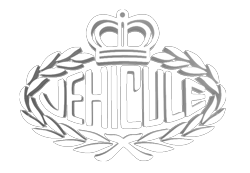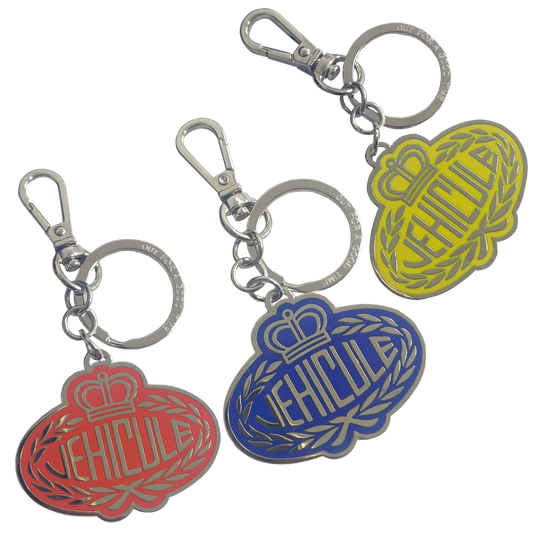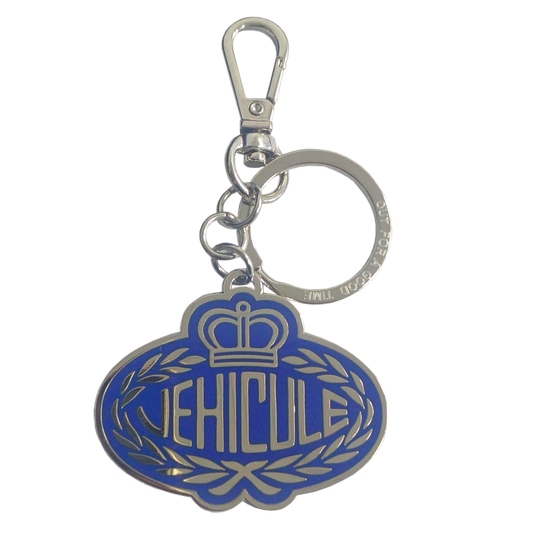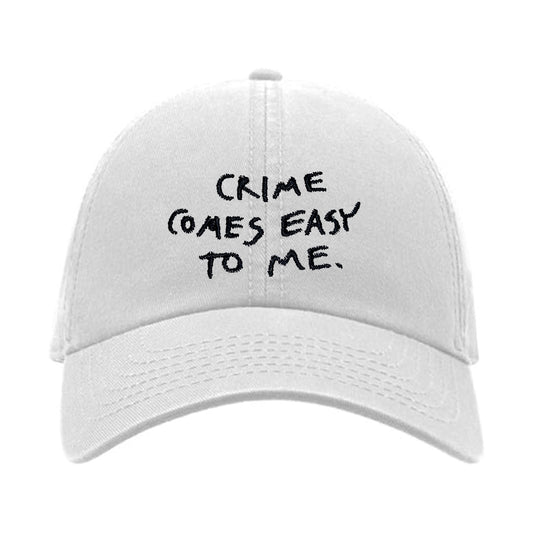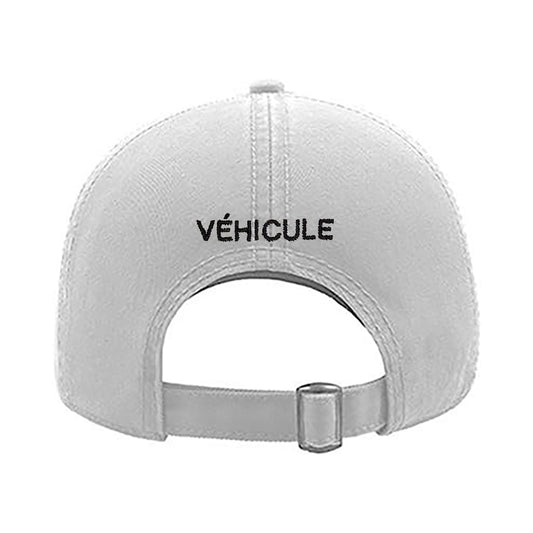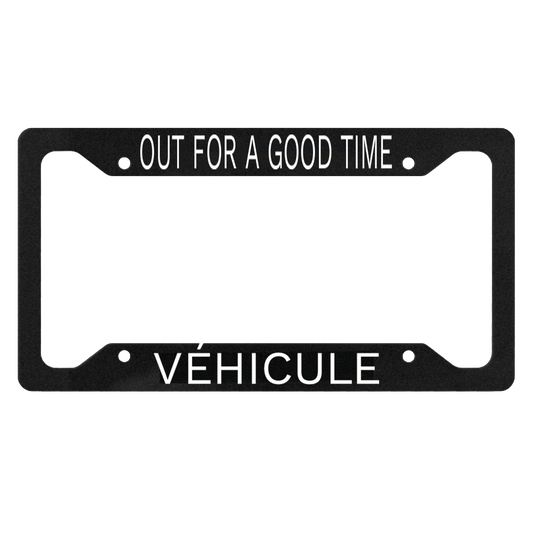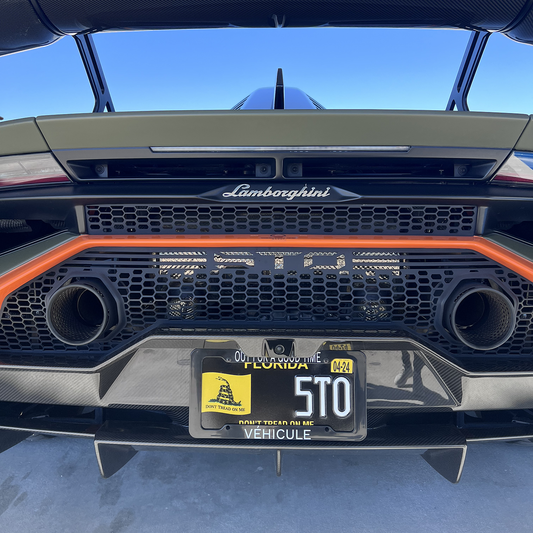
Excerpt from VÉHICULE, read the full interview here.
Whether at the Venice Biennale or on a museum’s rooftop, Austrian sculptor Erwin Wurm makes the unreal real. We talk to him about it.
VÉHICULE: So let’s talk about Misconceivable.
Erwin Wurm: Sure. At its core, it’s really about sculpture itself. I’ve created work about these sculptural issues for many years now, looking at things that may seem basic at first and asking questions like “What is a sculpture?” or “What does sculpture mean?” I think about two-dimensional space, three-dimensional space, mass, volume, texture, surface, time and what they mean for sculpture. And that’s what the boat does.
My feeling is that to make art that connects to our times, you need to think about these kinds of things. You don’t need to answer them, but it’s about having possible answers that may even generate more questions.
Aside from questions about sculpture in general, there are two other main things that I think about—the concept of the absurd and the concept of the paradox.
First and foremost, I feel a deep connection to the absurd on an art historical level—I’m participating in a tradition. In a more contemporary sense, I think that reality nowadays is much more absurd than we could ever imagine. So everything that’s absurd in my work is really based in reality.
Then we have the concept of the paradox. It’s an interesting phenomena—when we ask a question and attempt to answer it by looking at our world from a paradoxical point of view, we suddenly see things from a completely different angle. Identifying paradoxes lets us see the bigger issues.
The boat integrates these ideas. In the end, it’s really just a boat. It is and it’s not. It’s flexing and it’s hanging off of a ledge, but it’s a boat.
VÉHICULE: I like the absurd, having it as a reference point for what reality actually is. It’s interesting to see how absurdity can even become reality—I’ve heard from lots of transportation designers that you and your brand of absurdity is a huge inspiration for them You’re kind of their idol. Do you think about the transportation landscape as it currently stands, either in your work or in life?
Erwin Wurm: Absolutely. Right now I drive a Tesla Model S, which is very much a result of me thinking about transport and what its future is. The future is moving away from gas engines and towards alternatives. I’m not sure if that alternative is electric motors or something else, but it’s something different than what we have now. Not only in our cars, but in airplanes and everything.
The only thing that I’m a bit scared of with the Tesla is the time it takes to charge. With the battery and the charger that I have, I need a minimum of three and a half or four hours to fill it up. I know there are other, quicker kinds but those also take too long. Time is money, as you know, and nobody wants to wait even an hour at the charging station in the middle of a road trip.
It’s a nice place to be though—from the seats to the dashboard and the materials, the interior is beautiful. The exterior looks like they tried to compromise between something very normal and something radical, and they ended up with nothing in the end.
As for transportation in general, I like to look at how it has evolved and what the result of that evolution has been. This concept also found its way into my works for the 2017 Venice Biennale. At the beginning, we had walking and somehow taking things with us—that was personal transportation. Our world, our history, our development have been shaped by carrying things around. Later on, it became driving things around. It permeates everything—migration is about movement too. We’re always moving from place to place for one reason or another, so transportation and its design is always a factor.
Excerpt from VÉHICULE, read the full interview here.

